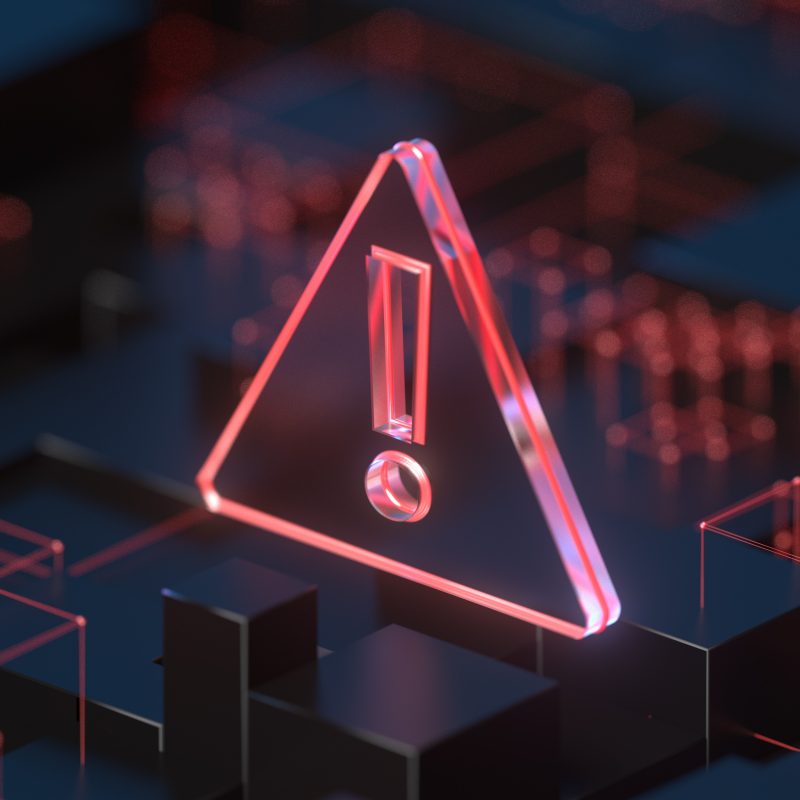Since 2020, we’ve seen a marked increase in ransomware attacks hitting businesses. Malicious malware is now being used to target companies of all sizes, and it’s having a devastating effect on organisations in a huge range of different industries.
Every day, there are an estimated 1.7 million ransomware attacks. That’s 19 attacks per second. And every one of these attacks has the potential to devastate a business.
In today’s digital world, most brands depend on online processes to deliver the products and services their customers love. Ransomware can make it impossible for companies to do that, striking with no warning when teams least expect it.
In this article, we’ll explore the issue of ransomware in more detail. Read on for tips on avoiding becoming a victim of ransomware and advice on what to do if a ransomware attack strikes you.
What is Ransomware?
Ransomware is a form of malware, created using cryptovirology. It uses the power of cryptography to write a malicious program designed to force targets into paying a ransom.
In a ransomware attack, targets find that they no longer have access to their data and systems. Victims of such attacks might also find themselves faced with threats, such as the publishing of sensitive information.
Like all malware, ransomware varies in its severity. Some forms of ransomware simply block access to systems without causing any further damage. Others can cause damage to, or the permanent loss of, vital data, which can make a recovery difficult for companies to recover from an attack.
How Can You Recover from Ransomware?
A ransomware attack is a worst case scenario for most companies, but it’s something that all businesses should be prepared for.
Small businesses in particular, are facing a rapid rise in ransomware incidents, with criminals counting on the fact that many of these businesses are woefully unprepared for such an attack.
Don’t Pay the Ransom
Paying the ransom might seem tempting, particularly if attackers promise the speedy return of encrypted files. But we wouldn’t advise this.
Not only does paying a ransom not guarantee regaining access to encrypted data, it could also encourage the continuation of ransomware attacks in the future.
Report It
Ransomware is a huge problem for today’s businesses, but authorities are working hard to crack down on cyber crime. The first thing you should do when faced with a ransomware attack is report it to the relevant authorities in your area.
Tools such as No More Ransom can also help you to identify the particular strain of ransomware you’re facing.
Clean Your Systems
It is sometimes possible to remove ransomware from a system without paying up. Decryptors can be used in certain cases, but whether or not this will prove successful will depend on the particular strain of ransomware you’ve come up against.
Often, it’s quicker and safer to rely on a complete wipe of storage devices, followed by a full reinstall. As long as you have recent backups of everything you might need, this should enable you to overcome an infection and restore systems successfully.
Try to Restore Data
Once your systems are back up and running, you can attempt to restore your data.
Backups are of course, vital here, which is why we always recommend making backups and checking them at regular intervals. Remember, backup solutions must be kept separate from local computers to avoid potential ransomware attacks infecting them.
If you’ve followed your ransomware protection plan carefully and you have a well thought-out recovery procedure, it’s then just a case of initiating it to get your business back on track.
Can You Prevent Ransomware Attacks?
Ransomware attacks aren’t going away, so it’s now down to businesses to ensure that they are adequately protected from the risk of ransomware. Thankfully, there are things that you can do to minimise the risk that such attacks pose, preventing them from causing costly interruptions to your business.
Use comprehensive anti-malware software to protect your systems from ransomware attacks. This specially designed software will continuously scan for emerging threats and automatically respond to malware to keep your data protected.
Firewalls should be used as a primary line of defence against attacks. These network security devices monitor traffic and serve as a barrier between the internet and an organisation’s internal network. If anything suspicious is detected, a firewall can often filter and block it before it causes problems for an organisation.
Minimise the Damage of An Attack
Along with prevention methods, there are steps you can take to minimise the damage that a potential attack might have. Consider strategies such as network segmentation, for example.
This simply means dividing a network into smaller ones to reduce connections between systems. Segmenting a network in this way makes it more difficult for ransomware to spread through a company’s systems, reducing the level of damage that an attack could cause.
It’s worth noting that many ransomware attacks prove successful due to human error. Often, an attack will begin with an employee downloading a suspicious file or clicking a link to a malicious website.
That’s why we always recommend that businesses prioritise training in cyber security for every team member. Ensure that all those with access to the network are fully trained and aware of the dangers of cyber security threats to avoid this common pitfall.
Get Advice on Recovery of Ransomware
If you’d like to learn more about ransomware, how it works and what you need to do to protect your business from it, talk to our team.
At Oplink.net, we provide personal server support when you need it. Our DDoS protection is critical security to defend against loss of service, and it’s vital for enterprises, small businesses, game servers and hosting companies.
Fully automated for all customers, our DDoS protection adds another layer to protect your servers. Contact us to learn more.
